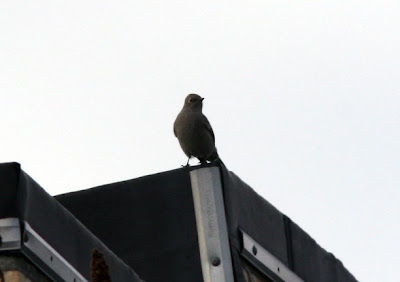How to say "Birding" in Spanish
On my visits to the tropics, I've always struggled with how to say "We're birding" in Spanish. I've resorted to saying "We're looking at birds." - "Estamos mirando aves." which I'm not sure was interpreted well. On a discussion on the Mexico Birding email list, I've gotten some insight from some locals.
The verb "pajarear" taken from the noun for bird "pajaro" can be used within the birding community to mean "to go birding."
"Vamos a pajarear."
"We're going birding."
Outside of the birding community, you will not want to use that though because it can have some not-so-nice connotations. It can mean someone who hunts birds, raises birds, or can even have some "dirty" meanings. Outside of the birding community, it's been recommended to use "observar" meaning "to observe."
"Estamos observando aves."
"We are observing birds."
Or you could use "estudiar" meaning "to study."
"Estamos estudiando aves."
"We are studying birds."
To say "I am" instead of "We are" simply change the "Estamos" to "Estoy."
Thanks to Robert Straub and the other folks on the list for the insights.









 The bullfinch is called "uso" in Japanese. This is homonymous with the word for lie in this language.
The bullfinch is called "uso" in Japanese. This is homonymous with the word for lie in this language. Have you ever heard of a bird called a
Have you ever heard of a bird called a 



